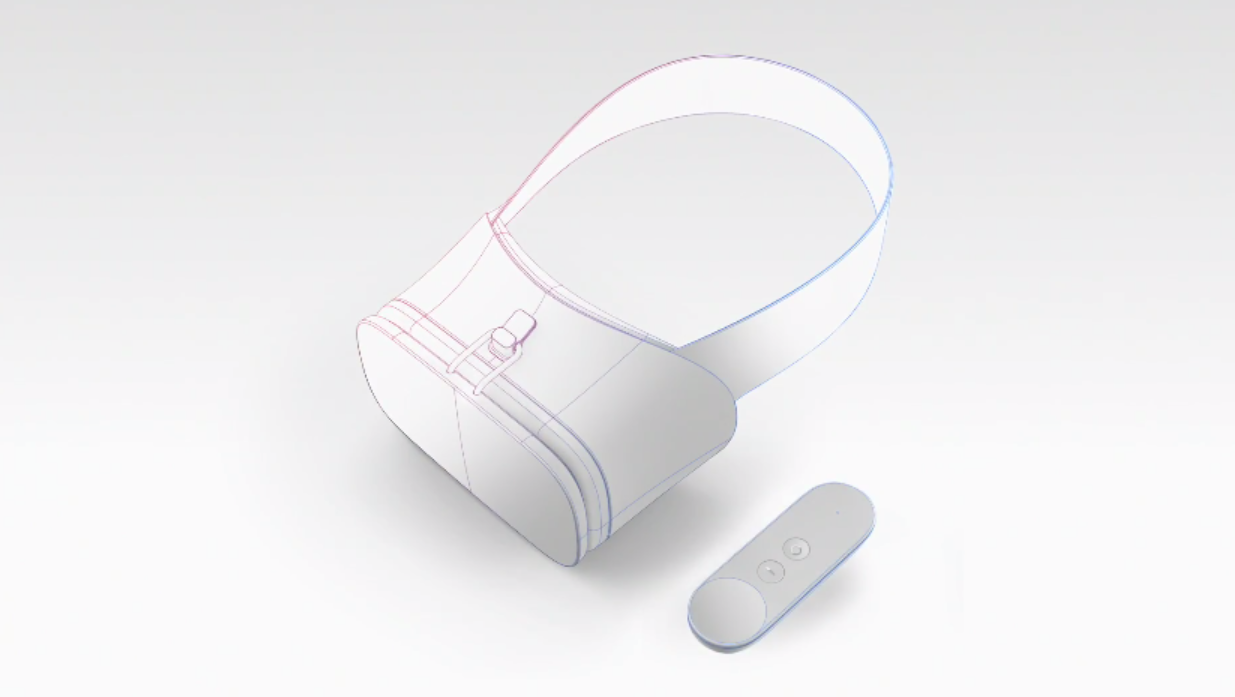
ARM, the U.K.-based company that licenses processor architecture to chip makers like Qualcomm, just unveiled its new 2017 chip architecture – and it’s gunning for the top spot when it comes to VR-ready GPUs.
The company, which states that its chip designs run in about 3 billion smartphones currently, with an estimated 1.5 billion to be sold in 2016, significantly upgraded both its CPU and GPU offerings. The Cortex-A73 is reportedly 30 percent faster and more power-efficient than the 2016 model Cortex-A72, and is also much smaller at 0.65mm square.
“If you look at something like [2016’s] A72, sustained performance was less than peak performance because we hit the thermal limits of the phone,” James Bruce, director of mobile solutions at ARM told CNET.
“On the Cortex-A73 in 10 nanometers, we designed it in such a way the sustained performance and the peak performance are the same.”
But the real exciting advancements come with the graphics processor Mali-G71. There, the company reports that its new Bifrost architecture allows for 40 percent better performance density and 20 percent better power efficiency in comparison with the 2016 Mali-T880 based models. It also boasts multi-sample anti-aliasing, a feature that smooths images and eliminates visible pixelation for VR usage.
Engadget reports the chip will be able to display 4K screens with 120Hz refresh rates at a sub 4ms latency. It can also be scaled up to 32 shader cores, twice as much as the Mali-T880, allowing for better quality rendering, and is “designed from the bottom up with support for Vulkan.”
Currently, 10 partners have licensed the Cortex-A73, including HiSilicon, Marvell and MediaTek, while Samsung, HiSilicon and MediaTek have already licensed the Mali-G71.
Related reading: Amazon just announced a line of ARM-based networking chips
MobileSyrup may earn a commission from purchases made via our links, which helps fund the journalism we provide free on our website. These links do not influence our editorial content. Support us here.


